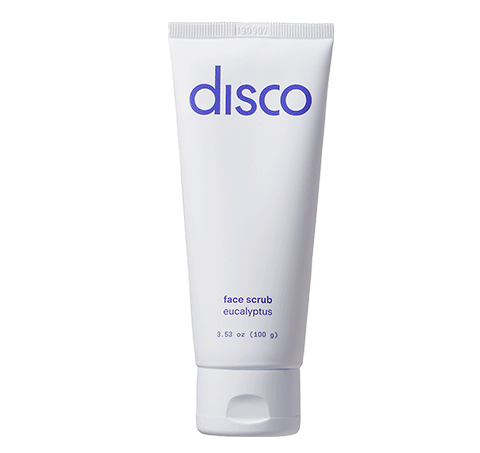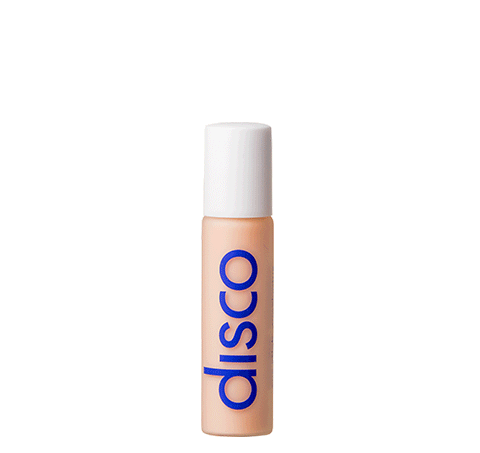Millions of men around the world deal with shave pimples at some point in their lives– it just comes with the territory of running a razor along your face!
Shaving technically can cause acne breakouts or other blemishes, but you’re most likely confusing shave pimples for the more common type of acne, especially if you have sensitive skin.
The first step in preventing shave pimples for men is to know your enemy.
Razor bumps, shave pimples, and acne might look relatively similar, they’re caused by different things. Proper identification is particularly important for men who have more sensitive and acne-prone skin. Try to think of shave pimples, acne, and other skin irritations and red bumps as an action-reaction sort of deal to narrow down on the source.
Razor burn or shave pimples: These pesky little bumps or collections of bumps occur when a hair is cut and grows back into the skin at an odd angle. Ingrown hairs irritate hair follicles, resulting in swelling and redness. The term razor bumps generally refers to more severe and persistent inflammation of the skin.
Acne: Acne around the mouth area resembles more of the brand of acne you’d find elsewhere on the face that you don’t shave. Acne generally occurs when pores become clogged with dead skin cells and oils, but hormones can play a significant role in the development of acne around the mouth and jawline area for men.
Proper shaving routines can prevent razor burn, and proper skincare routines can prevent acne.
Get the Right Razor
So, you bought the most expensive shaving razor on the market – you should practically be guaranteed a shave pimp, razor bump-free shave, right?
*wrong buzzer*
While marketing lingo may convince you that more money equals a better shave, the reality is much different. Your shaving razor tends to play a critical role in the creation of shave pimples and shaving acne.
The problem is that most multi-blade razors on the market cut below the skin level. The idea of a multi-blade razor is that one of the blades pulls the hair outward, and the next blades cut it to get that impeccably deep, closer shave the commercials tell you. However, when the first razor pulls the hair, the hair can curl back before the cutting point. This forces the hair the grow back at an odd angle, contributing to ingrown hairs, or shaving bumps, in the future.
The right razor is paramount to a man’s shaving routine, so look for a razor that takes your skin health into account.
Some multi-blade razors have a skin guard to prevent the above sequence from occurring; however, you may be able to avoid that situation entirely by using a single-blade razor.
Yes, you read that right, a single-blade razor– the same type your grandfather may have used. This makes it possible to get a close shave and reduce the odds of shaving bumps, and also save yourself a pretty penny while looking like an old school badass along the way.
- Step 1: Get yourself a safety razor. This should run you anywhere between $15 to $40 on Amazon, and these bad boys can last a lifetime.
- Step 2: Buy a pack of double-edged single razor blades. Each individual blade is good for a handful of shaves and costs about $0.07 - $0.20 per blade.
Boom, a full-year’s shaving supply for about $25, and then $7 for every year after if you shave every single day.
A single blade razor really begs the question– why do you need multiple blades to cut a single strand of hair? It can’t be any more “cut” once you’ve already cut it, right?
Better yet, reduce the opportunities to irritate your skin with close shaves by using a simple trimmer to avoid as much razor-to-skin contact. It's 2020 -- no one is judging your facial hair growth, anyway.
Self-Care = Skincare = Shaving Care
Once you’ve got the right shaving tool, you need to nail down your shaving routine to avoid the acne after the shave.
These routines can be as simple or as complex as you want, but the end goal is the same: no more shaving acne.
The basic best shaving routine is the following sequence:
- Warm up your face. We recommend shaving after a hot shower or a warm lather to make sure your pores are opened up. Not only does hot water/warm water make for a tug-free shave, it allows you to clear out any dead skin cells or muck from your pores with an exfoliating face scrub or cleanser.
- Lather up to reduce friction. The cause of acne after shaving may be because you’re shaving with too much friction, which can irritate your skin. However, you may find that the chemicals in your shaving cream irritate your skin, causing acne around the mouth and jawline area. Look for a more natural, non-chemical, high-quality alternative and see how it works for you.
- Shaving in a downward, diagonal motion. Going against the grain can cause ingrown hairs, so try to shave in a way that doesn’t irritate your skin.
- Slap on some aftershave balm. Aftershave is an antiseptic agent that helps prevent the infection of cuts, as well as an astringent to reduce irritation of the skin.
- Finish off with some cold. Once your aftershave has dried, use cold water to close your pores back down.
Final Thoughts
Single safety blade razor gets practically the same shave, if not better, but a fraction of the cost – and ideally a fraction of the potential shaving pimples!
An attentive shaving routine with better shaving products and lots of lubrication/moisturizing that aims to reduce the inflammation and irritation of the skin can help prevent shave pimples consistently while giving you that smooth shave. While a reliable tug-free razor (avoid dull blades with all you've got) paired with a good skincare routine can work wonders (i.e. moisturizing (such as macademia oil), putting on a face mask, cleansing, exfoliation with a face scrub), the best way to approach your shaving routine is through the lens of self-care.
Self-care for men is an incredibly positive habit trigger that brings us to look directly at ourselves and visualize the value of self-improvement. Knowing we look our best, whether that’s an acne-free shave or an overall clearer face helps put self-esteem on autopilot, so we can focus on tackling the day's biggest challenges knowing we look our best.







